Ian Maxwell says he would consider releasing audio from referees to help provide a better understanding of decisions made by VAR.
The Scottish FA chief executive is set to chair a meeting with Premiership clubs today to review how VAR has worked since being introduced in the top flight in October.
Maxwell and the SFA are keen for all of football’s stakeholders – from players and managers to supporters and media – to have a clearer understanding of the processes involved in reaching decisions.
As a result, Maxwell hasn’t ruled out doing something similar to England, where last month the Professional Game Match Officials Board (PGMOL) released audio from on-field and VAR officials to try to provide those watching with a better understanding.
Maxwell said: “We will consider everything. The PGMOL have employed a voice coach because the referees need to be aware that what they’re saying could be heard by the wider public.
“Scottish football fans have a specific mentality and how they (referees) talk to players would be analysed to the nth degree. I can see it happening.
“That doesn’t mean that we shouldn’t be doing it – we just need to be aware of that additional context behind it.
“They (England) are a lot further down the line because their officials have used VAR on the pitch for a long time. Our guys haven’t even used it for a season.
“If you think about the number of times over the last seven months a single referee has had it on the pitch or in the VAR room, it’s probably only just in double figures for each.
“There’s not a huge amount of experience. Everything is on the table. We are not saying we’re definitely not doing anything.
“We need to make sure the timing is right and the processes are right and that we don’t jump into things too early and cause more problems than they solve.”
Improvements can still be made in use of VAR in Scotland – Maxwell
Since VAR was introduced there have been plenty of controversial decisions that have been fiercely debated across Scottish football.
Maxwell believes the technology has been a success and has improved decision-making – but admits there is still more progress to be made.
He added: “We said to the clubs we would have an end-of-season meeting. I think it is right that we engage with clubs over the course of a season.
“They can give us some feedback, we can give them some feedback, they can see the stats that actually show we are getting a lot more decisions right.
“It is doing what it is supposed to do. There is still a bit of subjectivity and that’s okay. It’s about clarity, transparency, knowledge and understanding and how do we increase them in all those areas across the game.
“Knowledge and understanding is a big point for me – (helping) media, fans, broadcasters to understand why the decisions are being made as they are and why it’s taking as long as it is.
“From a clarity and transparency point of view, we want to do as much as we can. We’re looking at ways so we can.
“There’s definitely work that’s ongoing. We want to see continual improvement. We want to see the time decisions make to come down, if they can.
“We want to see the number of decisions we are getting right increase. We want that to be as high as it can.
“There’s a realism that it’s never going to get to 100 per cent of every decision in every game because of the subjective element. But we want to see that continual improvement. And clubs and fans want to see that as well.
“We have had it for seven months. People have had it for seven years and are still getting as much wrong as we are. But we get that there is a piece of work to be done to improve.
“We want to keep continuing to improve, the referees want to keep continuing to improve, everybody does. The clubs want us to. So what are the next steps we take to make that happen.”
Challenge of communicating VAR deliberations to fans within stadiums
One thing many would like to see improve with VAR is the communication to those watching within stadiums about what is being checked.
Maxwell understands this, but says the infrastructure at individual stadiums is something for the clubs, rather than the SFA, to upgrade.
He said: “That’s a challenge and we’re looking at ways to improve the communication back to stadiums so that is going to spectators in the ground, or whether it’s going to media who can then relay that, and whether there are mechanisms we can put in place.
“Infrastructure can be a challenge because not a lot of stadiums have big screens, so how do you relay that message once you’ve got it is a challenge? The tannoy announcer does some. We’ve used LED boards for some.
“Those are all a work in progress and we want everyone to be as informed as we can.
“But sometimes all you can say is that there’s a VAR check for handball and it can still take a minute or two. But the argument is that if you say it in the stadium then people know one way or another.”
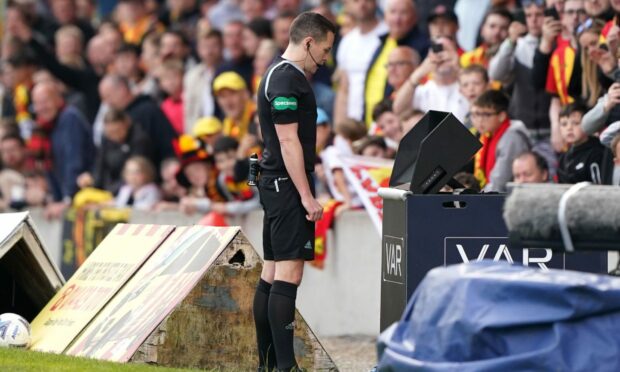
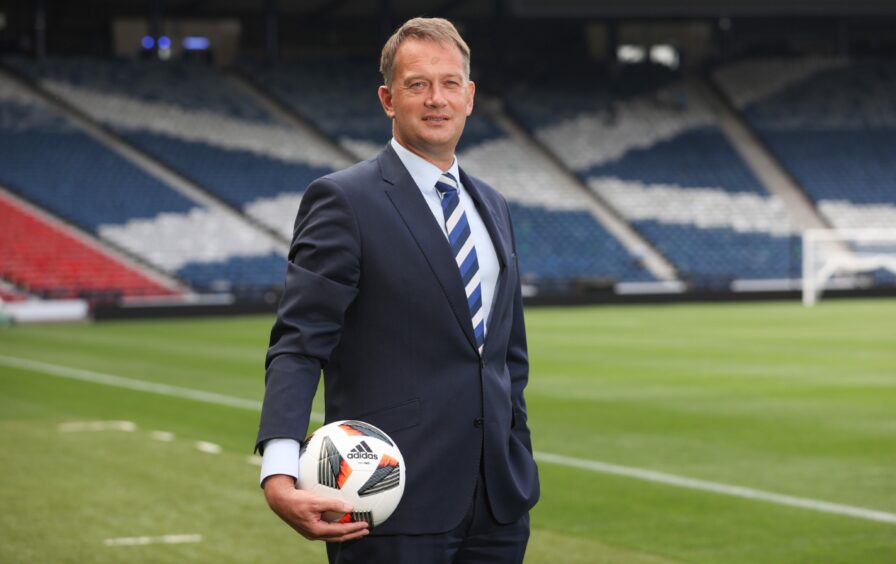
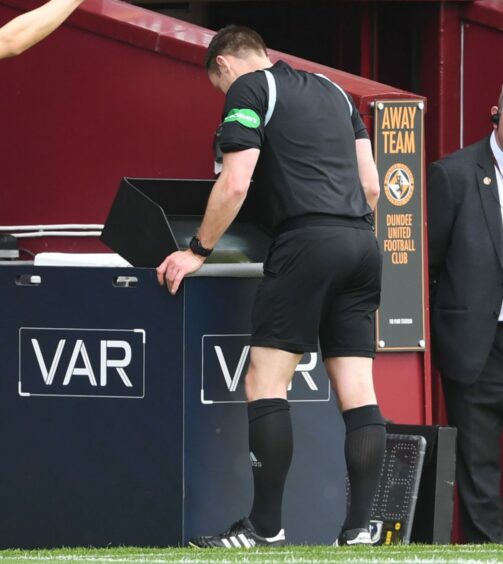
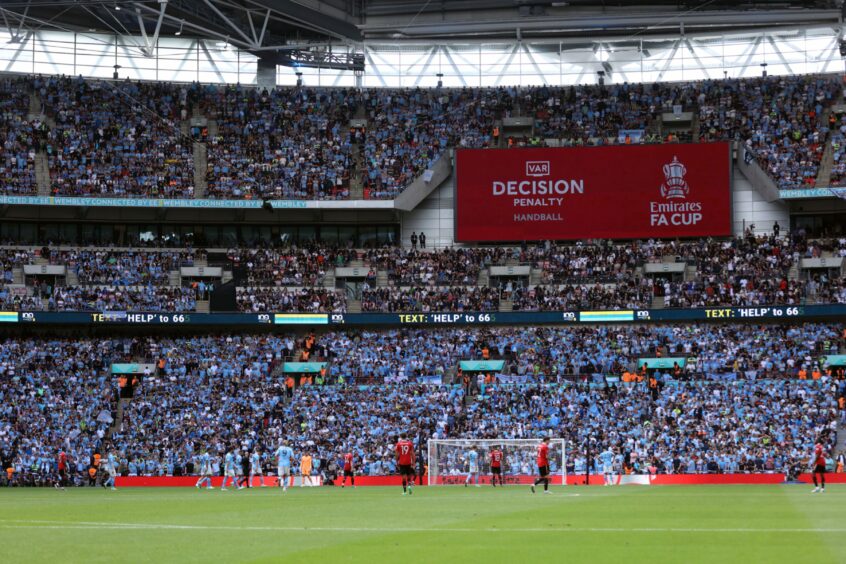








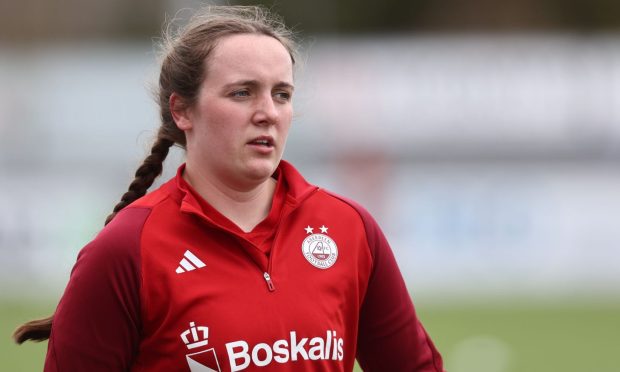

Conversation